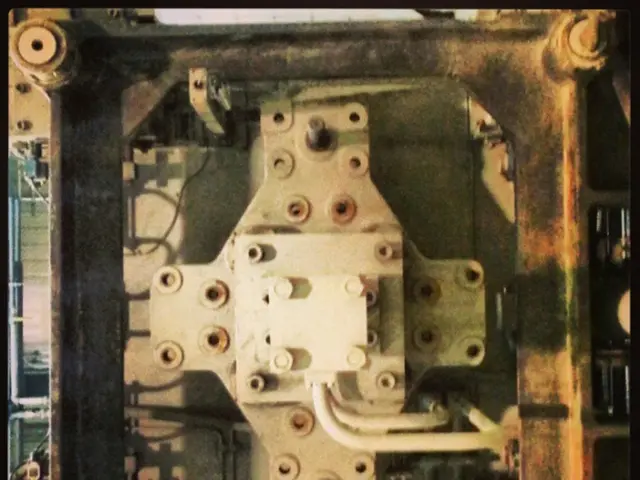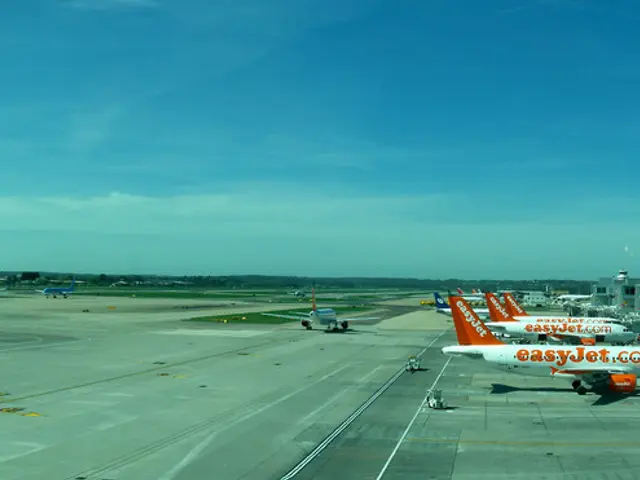Red-Light Camera Efficiency: A Persistent Dispute
=====================================================
Red light cameras, devices installed at intersections to photograph vehicles running red lights, have been a topic of debate in traffic safety circles. While their overall impact varies by jurisdiction, recent studies suggest that these cameras can bring about significant improvements in intersection safety.
According to research by the Insurance Institute for Highway Safety (IIHS), red light cameras have been found to reduce the fatal red light running crash rate by 21%. Moreover, they have shown a 14% decrease in the rate of all types of fatal crashes at signalized intersections [6][7]. These findings indicate that red light cameras can play a crucial role in lowering fatalities and improving traffic safety.
However, the safety impact of red light cameras is more nuanced than previously thought. Some studies report that these cameras can increase rear-end collisions while reducing more severe front-into-side crashes [2]. The Virginia Transportation Research Council study, for instance, found both positive and negative effects, with red light cameras leading to a decrease in red light running crashes (8-42%) but an increase in rear-end crashes (27-42%) [3].
The effectiveness of red light cameras appears to vary depending on the specific intersection and implementation. Successful programs integrate red light cameras as part of broader traffic safety strategies, such as Vision Zero initiatives, combining enforcement with infrastructure improvements, public education, and policy measures [4][5]. Community engagement, equity, and transparency are crucial factors in achieving lasting safety benefits rather than short-term enforcement or revenue generation.
Cities like New York and San Francisco have demonstrated large reductions in dangerous driving behavior thanks to these comprehensive approaches [4][5]. However, in Arlington, VA, a study found an annual increase in crash costs of $140,883 [1]. The University of South Florida conducted a study that criticized the effectiveness of red light cameras [8].
The decision to use red light cameras should be made on a case-by-case basis, considering local traffic patterns and safety needs. If red light cameras are removed, studies suggest there is an increase in fatal crashes related to red light running, indicating their ongoing deterrent effect [3]. Additionally, automated enforcement can help address inequities in traditional traffic stops by eliminating bias based on race or other characteristics [5].
In summary, red light cameras can significantly reduce right-angle crashes and injury crashes, improving intersection safety and lowering fatalities [1][3][5]. They may increase rear-end collisions, but typically of lower severity, resulting in an overall positive safety impact [1][3]. Success depends on careful placement, community involvement, and integration with broader safety programs like Vision Zero [2][4][5]. Removal of cameras tends to lead to safety declines, underscoring their ongoing deterrent effect [3]. Automated enforcement enhances equity in traffic law enforcement [5].
Thus, red light cameras are an effective tool for enhancing traffic safety when implemented as part of a comprehensive, community-focused strategy. However, their use remains a controversial topic, with some arguing that they improve safety while others believe they create more hazards.
Read also:
- Deepwater Horizon Oil Spill: BP Faces Record-Breaking Settlement - Dubbed 'Largest Environmental Fine Ever Imposed'
- Lawsuit of Phenomenal Magnitude: FIFA under threat due to Diarra's verdict, accused of player injustice
- Expansion of railway systems, implementation of catenary systems, and combating fires: SNCF adapting to the summer heatwave
- Citizen Thekla Walker, Minister, advises: "Let's focus on our own homes first"







